Rare Houseplants Worth Seeking Out for Your Collection
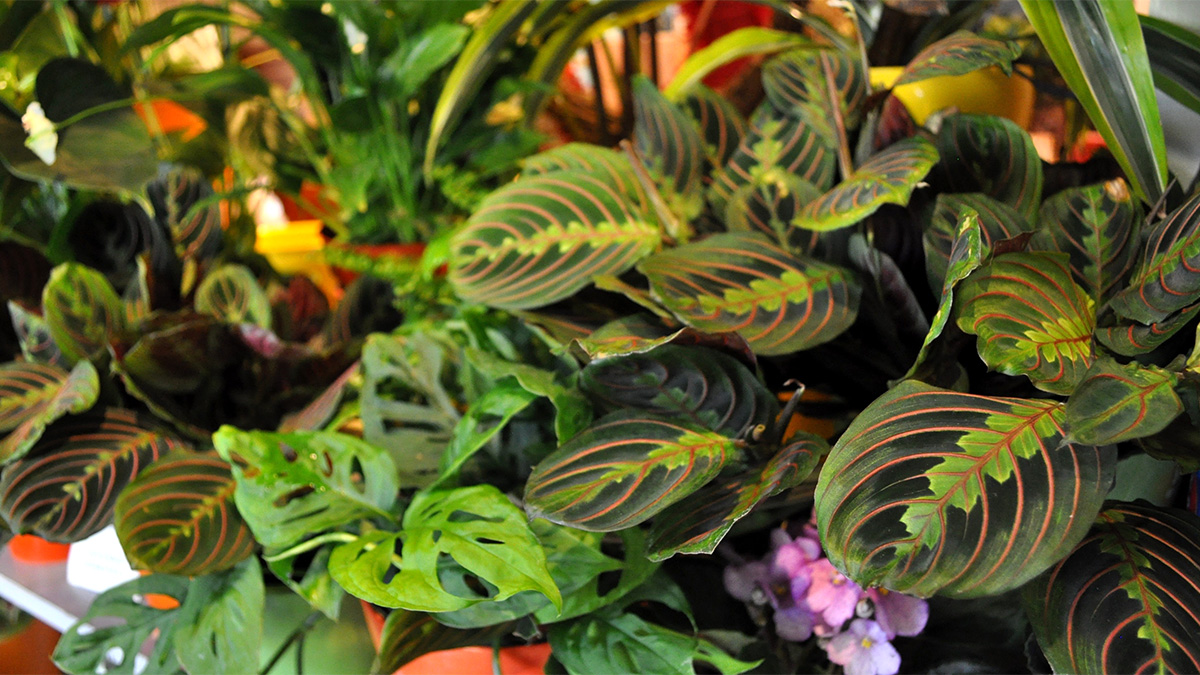
For plant lovers, few things are as exciting as discovering a rare houseplant. These unique finds add personality, color, and texture to your indoor garden while showcasing your passion for something truly special. Whether you’re a new collector or a seasoned enthusiast, exploring rare species is a rewarding way to elevate your collection and bring fresh character to your space.
Why rare houseplants are worth collecting
Rare houseplants bring something special to any indoor garden. Their unique colors, shapes, and growth patterns make them stand out from more common varieties. For collectors, finding and caring for these plants is both a rewarding challenge and a way to create a truly distinctive space.
What to look for when choosing rare plants
Before adding rare houseplants to your collection, consider their care requirements. Many thrive in higher humidity or filtered light, so matching your environment to the plant’s needs is important. Always buy from reputable sellers who source ethically and can verify the plant’s origin and condition.
Healthy specimens should have firm stems, vibrant leaves, and no signs of pests or rot. Avoid plants that appear weak, overly wet, or artificially enhanced for color. Taking time to research before purchasing will save both money and frustration later.
Variegated monstera (Monstera deliciosa ‘Albo Variegata’)

The variegated monstera is one of the most desirable plants for collectors. Its large leaves are streaked with white or cream, creating a striking contrast against deep green. It needs bright, indirect light to maintain its color and should be watered only when the top layer of soil is dry.
Philodendron pink princess

Known for its vivid pink-and-green foliage, the philodendron pink princess is a statement plant. The intensity of its color depends on proper lighting, ideally bright but indirect sun. To preserve its variegation, prune back leaves that turn fully green and maintain steady humidity.
Anthurium clarinervium

This velvet-leaved plant is loved for its heart-shaped leaves outlined by prominent white veins. It thrives in a warm, humid environment and prefers soil that drains well but retains some moisture. A bright location without direct sunlight keeps its leaves lush and vibrant.
Hoya obovata splash

Hoya obovata splash features round, thick leaves speckled with silver. It’s easy to grow and can develop long trailing vines that look beautiful in hanging pots. Keep it in a bright space and allow the soil to dry slightly between waterings to encourage blooming.
Alocasia ‘Dragon Scale’

This plant stands out for its textured, metallic green leaves that resemble dragon skin. It prefers moderate to high humidity and evenly moist soil. Avoid placing it in direct sunlight, as the leaves can scorch easily.
Pilea peperomioides ‘Variegata’
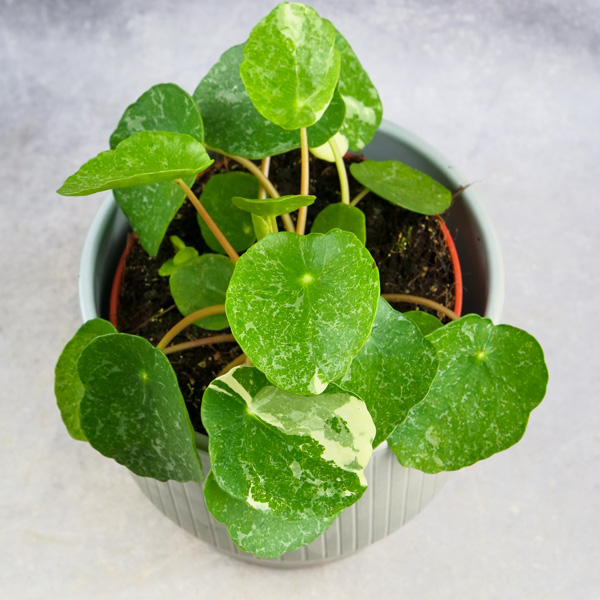
A variegated version of the popular Chinese money plant, this pilea shows creamy marbling across its round leaves. It enjoys bright, filtered light and well-drained soil. Rotate the plant occasionally so it grows evenly toward the light.
Philodendron spiritus-sancti
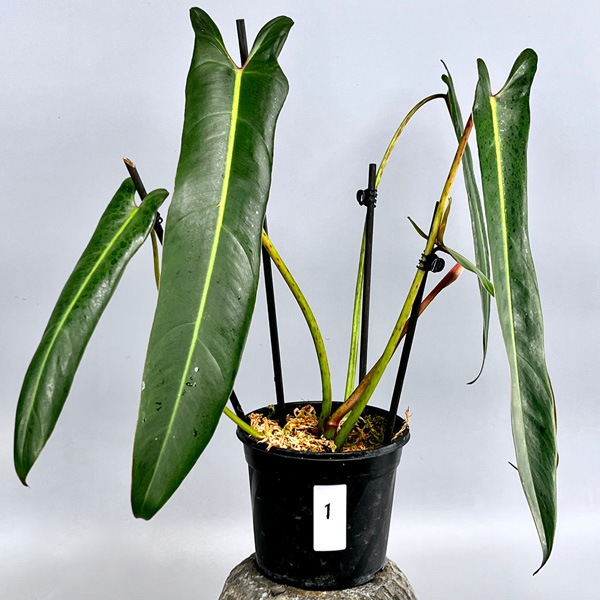
Often considered one of the rarest philodendrons in the world, this species has long, narrow leaves that give it a distinctive look. It requires warm temperatures, high humidity, and support for climbing. Because it’s slow-growing and limited in supply, it’s prized among serious collectors.
Begonia pavonina
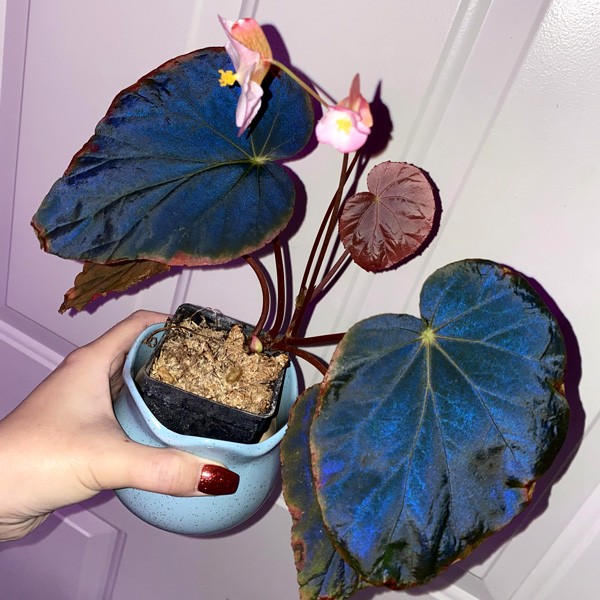
Begonia pavonina is known for its blue-green iridescent leaves that shimmer under light. It prefers consistently moist soil and gentle, filtered light to highlight its unusual color. In low light, its foliage may appear darker, but the shimmering effect will return with brighter conditions.
Cebu blue pothos

Cebu blue pothos brings a subtle silver-blue hue to traditional pothos foliage. It grows quickly, trailing or climbing depending on how it’s supported. Provide moderate light and let the soil dry slightly between waterings to keep its leaves healthy and vibrant.
Variegated string of hearts (Ceropegia woodii variegata)
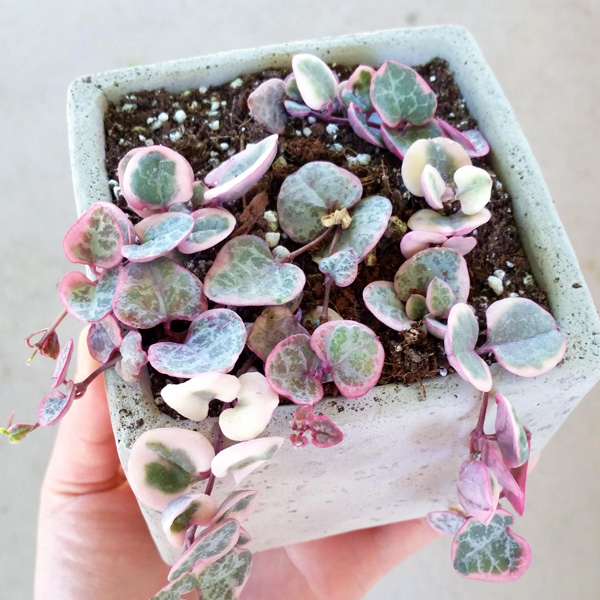
This delicate trailing plant features heart-shaped leaves with pink, white, and green tones. It looks beautiful cascading from shelves or hanging baskets. Give it bright, indirect light and water sparingly, allowing the soil to dry out before watering again.
Tips for sourcing and caring for rare plants
Finding rare plants often means visiting specialty nurseries or joining online plant communities. Local plant swaps and reputable online stores are good sources for unique varieties. Always quarantine new plants for a couple of weeks to ensure they’re free of pests before introducing them to your collection.
Consistent care is the key to keeping rare plants healthy. Use the right soil mix, maintain steady humidity, and adjust watering routines seasonally. Observing how each plant responds to its environment will help you keep your collection thriving.
Displaying your rare houseplants
Rare houseplants deserve to be showcased where they can be appreciated. Use shelves, plant stands, or hanging planters to highlight their unique features. Combining different textures and leaf shapes can create a balanced and visually interesting display.
Natural light is an important part of display design. Place your rare plants where they receive their preferred amount of light without exposure to harsh midday sun. Decorative containers, matching pots, or simple terracotta planters can elevate their look while blending with your home’s decor.
Conclusion
Rare houseplants are more than just beautiful décor—they’re living works of art that reflect patience, care, and curiosity. Each species offers a chance to learn, nurture, and enjoy something few others have. With thoughtful selection and the right growing conditions, your collection can flourish into a vibrant showcase of nature’s most extraordinary designs.
